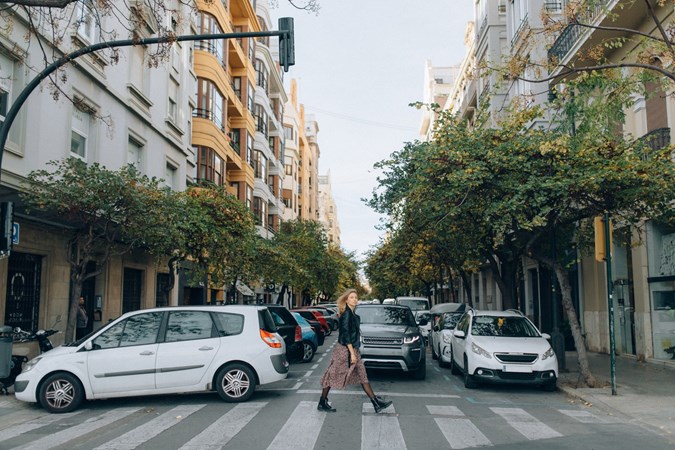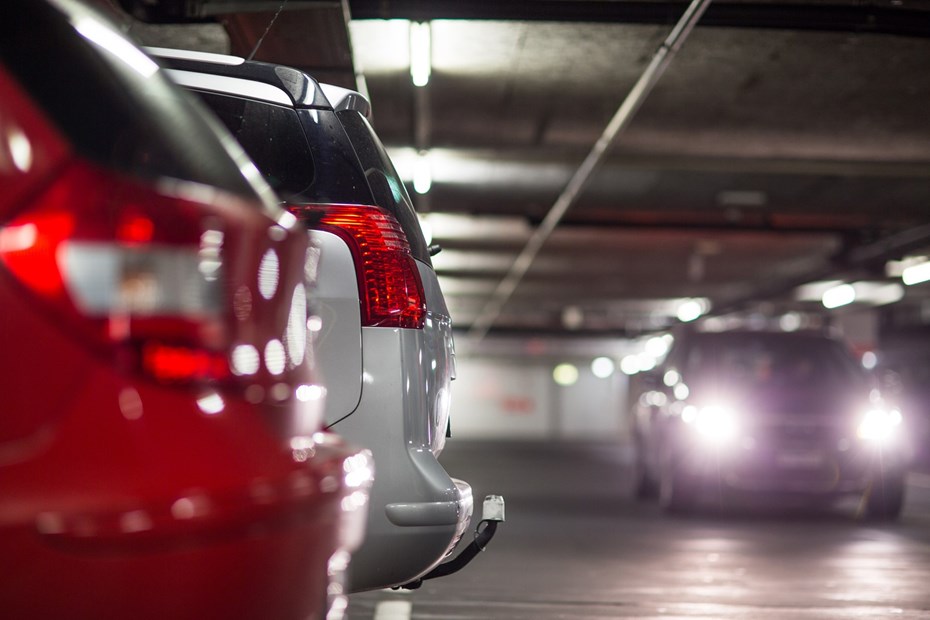Cross-traffic alert is a safety technology that notifies drivers about the traffic approaching from the side of the vehicles that is not always easy to see. By monitoring the surrounding area, cross-traffic alert can give you an early warning about a potential collision when pulling out of junctions or reversing out of a parking space, increasing reaction time. It’s one of the many advanced driver-assistance systems (ADAS) found in today’s safest cars, intended to increase awareness and reduce accidents.
On this page, we’ll explain how cross-traffic alert works, why it can be beneficial and whether you really need it on your car.
How does it work?
Originally introduced to reduce the risks associated with reversing out of a parking space, modern cross-traffic alert systems protect the front and rear of the car by using sensors such as radar and cameras to detect approaching vehicles that might otherwise be impossible to see due to blind spots or other distractions. If another vehicle is driving past, the car will detect it and alert the driver with an audible or visual warning (sometimes both) so they can take action. If they don’t, some cars even apply the brakes on behalf of the driver to avoid collision.
More advanced systems have the ability to recognise cyclists and pedestrians, as well as cars driving past. Other high-tech examples use cameras at the outer edges of a car’s bumpers and display an image on the car’s infotainment screen.

In most cases, rear-traffic alert works in accordance with a car’s blind spot monitoring system to provide all-round assistance. However, you shouldn’t rely solely on cross traffic alert – always check your blind spots before making manoeuvres, even if you have the technology installed.
Do I need it?
It’s not essential, and often comes as part of optional safety packs on various cars. It’s a useful aid if you frequently reverse out of parking spaces into traffic, such as backing out of your driveway onto a public road, or if you encounter awkwardly sighted junction on your route. You will still be safe without it so long as you drive carefully and regularly check your blind spots, especially around cities.
If you want to drive with the peace of mind that some extra tech is there to watch where you can’t, it’s a great bit of kit to have.
FAQs
-
Can cross-traffic alert be turned off?
Yes, most vehicles allow you to manually disable the cross-traffic alert system if needed, though it’s recommended to keep it active for safety reasons.
-
What is the difference between cross-traffic alert and blind spot monitoring?
Cross-traffic alert gives you a heads-up about vehicles or obstacles coming from the side when you’re reversing, while blind spot monitoring keeps an eye on cars in your blind spot when you're driving forward.
-
Is cross-traffic alert reliable?
Yes, cross-traffic alert systems are generally reliable and can reduce the risk of accidents, especially in situations where visibility is limited. However, they are designed to be a supplementary tool and not a replacement for driver awareness.
While these systems can detect vehicles or obstacles in your path, they may not always catch every potential hazard, particularly in adverse weather conditions or complex environments. It’s important for drivers to stay alert, check mirrors, and remain cautious, using cross-traffic alerts as an extra layer of safety rather than relying on it entirely.
Looking for more jargon-busting motoring meanings? Head over to our Parkers Car Glossary page and take a look at our other definitions.
Just so you know, we may receive a commission or other compensation from the links on this website - read why you should trust us.






